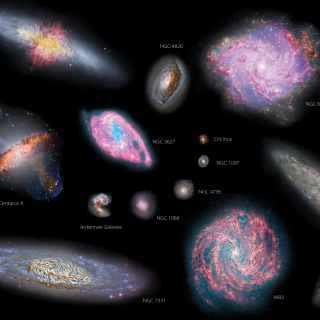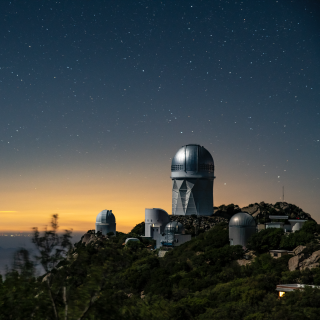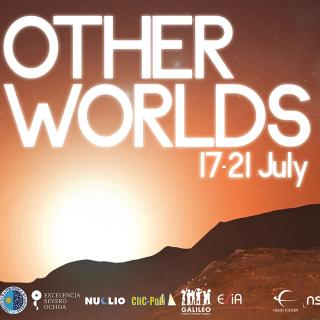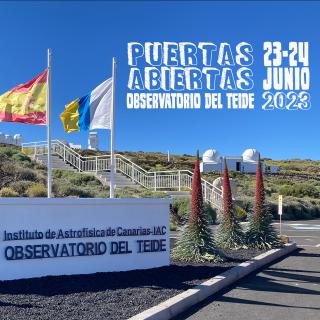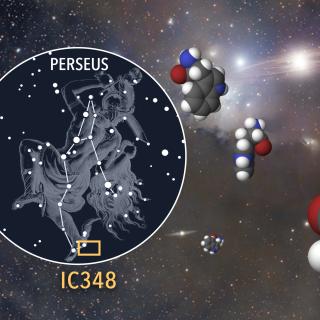
The IAC researcher Susana Iglesias-Groth has discovered the existence of tryptophan, an amino acid essential for the formation of proteins and the develoment of living organisms, within a stellar system in the Perseus Cloud. She did this using data from the Spitzer Space Observatory. The results of this finding are published in the journal Monthly Notices of the Royal Astronomical Society. Tryptophan is one of the 20 amino acids considered essential for the formation of proteins, which are key macromolecules for the development of life on Earth. This amino acid has many spectral features in
Advertised on
